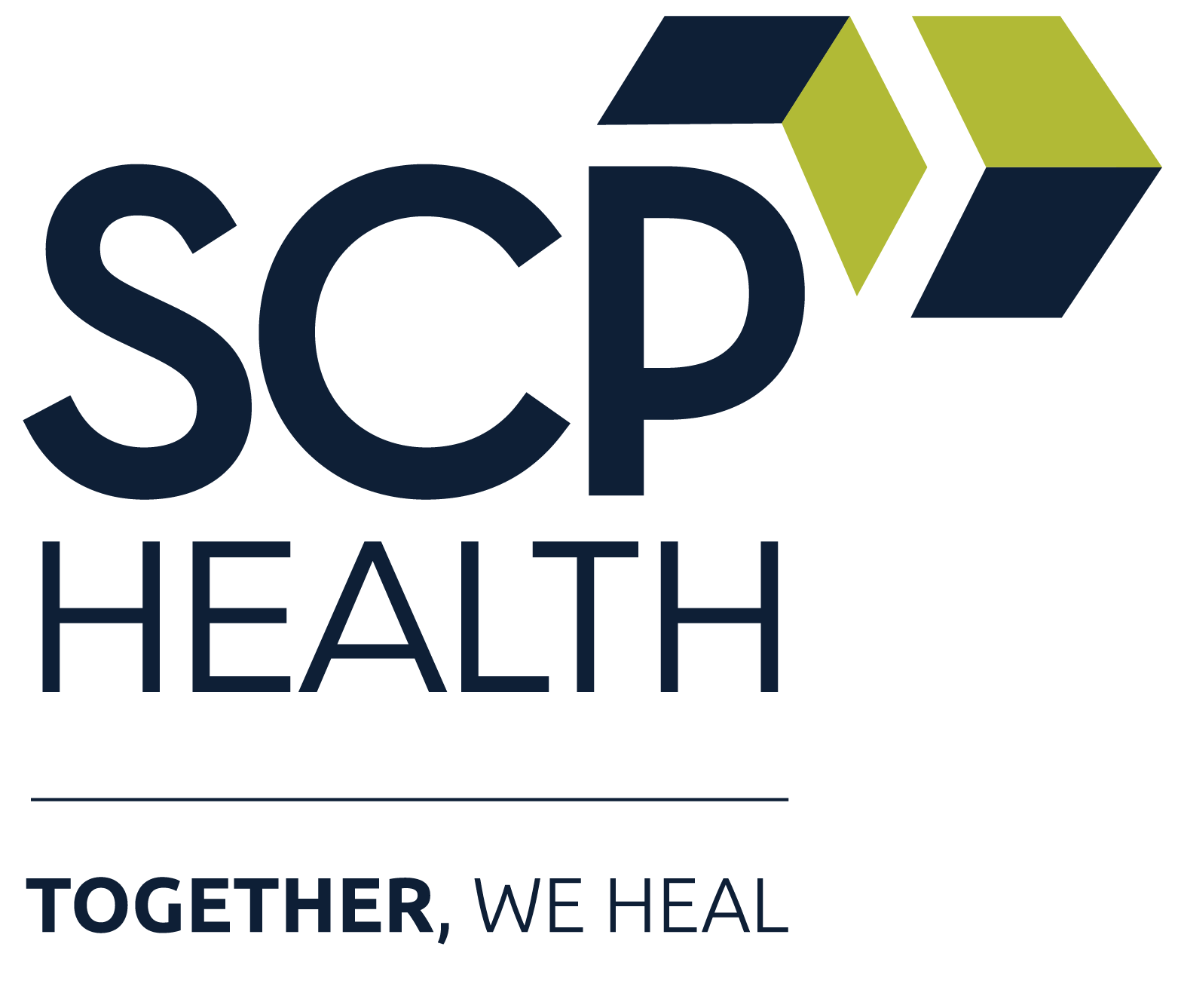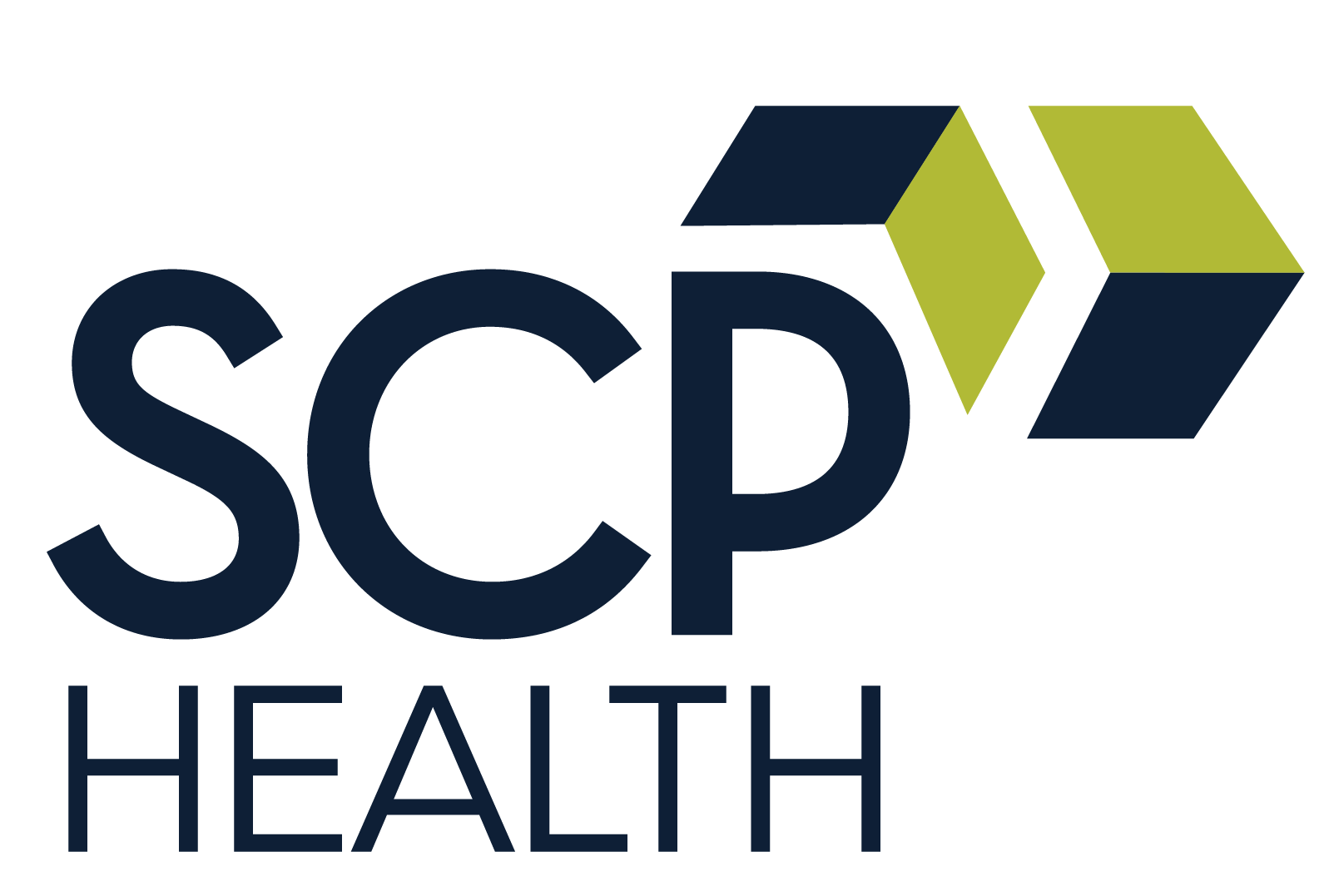Clinicians operating at their highest level of professional fulfillment and effectiveness value both thoughtful assistance and professional independence. Which means that when it comes to clinical decision support (CDS), there’s a delicate balance to strike. The best tools enhance expertise without constraining clinical judgment.
As Dr. David Schillinger, SCP Health Chief Medical Officer, observes, “Clinicians don’t want to be talked at and told what to do. They want to hear what the new knowledge is.” This insight should drive an approach to developing clinical decision support tools that inform rather than dictate care.
The reality is that CDS tools have sometimes earned a mixed reputation. Many clinicians have experienced poorly designed software that seems to ignore end-user needs. “Electronic medical records were quite painful to use 10-15 years ago,” Dr. Schillinger notes. “Today, they often have clinical support algorithms embedded in the chart to access. The critical question now is not whether to use decision support, but how to implement it in ways that genuinely assist without interfering with both diagnosis and risk stratifying patients.”
What makes CDS tools valuable to clinicians?
The most effective clinical decision support tools share several key characteristics:
1. They provide information, not commands.
Decision support should offer data and insights while leaving clinical judgment in your hands. Dr. Schillinger highlights scoring systems that accomplish this well, “Scores like PERC, HEART, and pneumonia scores don’t lead, but they provide direction in determining a course of treatment.”
For example, with the HEART score, knowing a patient scores a 5 provides valuable context, “It tells me you have a 20% percent chance of having a major adverse cardiac event (MACE) within the next six weeks. That’s helpful information because I may think everything’s ok, but then I get a heart score of 5 and go, ‘Maybe I need to be a little more conservative in my approach, suggesting observation and additional testing.'”
Effective CDS tools inform without overriding clinical intuition.
2. They're accessible when and where you need them.
Decision support must be easily accessible during the moment of care. Resources that require cumbersome navigation or disrupt workflow will be ignored—and rightly so.
“We have all this support, and now you can carry it on your phone,” Dr. Schillinger explains. “If I’m taking care of a patient and I go, ‘ There’s some government requirement I have to document on this particular patient,’ I can pull up the MIPS criteria on my phone via our website.”
That’s accessibility when and where it’s needed.
3. They're developed by peer experts, not distant administrators.
Clinicians respond best to guidance created by those who understand the realities of patient care.
Clinical decision-making toolkits should be developed by specialists who work in the field every day. For example, SCP’s geriatric care resources are created by physicians who specialize in elderly patients; our pediatric care guidelines come from emergency physicians with extensive pediatric experience. This peer-to-peer approach ensures the guidance reflects practical knowledge rather than theoretical ideals that may not translate to real-world clinical settings.
4. They respect your time and mental capacity.
In an environment where attention is a precious commodity, information must be delivered efficiently, especially considering the busy environments in which it’s used.
Educational content should be concise and focused—limiting presentations to 10 minutes or less rather than the traditional 40-minute format. This approach acknowledges the practical constraints facing practicing clinicians, particularly in high-intensity settings like emergency departments where uninterrupted attention is a luxury rarely afforded.
While residents might have the capacity for three-hour learning sessions, experienced clinicians need information delivered in digestible, efficient formats that respect their limited bandwidth.
When decision support works best
The most successful CDS implementations share a few common elements:
They focus on specific clinical challenges.
In an environment where attention is a precious commodity, information must be delivered efficiently, especially considering the busy environments in which it’s used.
Educational content should be concise and focused—limiting presentations to 10 minutes or less rather than the traditional 40-minute format. This approach acknowledges the practical constraints facing practicing clinicians, particularly in high-intensity settings like emergency departments where uninterrupted attention is a luxury rarely afforded.
While residents might have the capacity for three-hour learning sessions, experienced clinicians need information delivered in digestible, efficient formats that respect their limited bandwidth.
They adapt to different practice environments.
One-size-fits-all approaches rarely work in health care. While standardization has its place, we recognize that “every hospital is important as every other hospital.“
They evolve based on clinician feedback.
When implementing new tools, we follow a change management approach that starts with identifying supporters and addressing concerns constructively. When physicians push back on new features, the key is to “keep the patient in the middle” while acknowledging valid concerns.
Looking forward: The future of clinical decision support
As health care technology evolves, we’re exploring new frontiers in decision support:
AI-enabled documentation
AI scribes and ambient listening technology promise to transform clinical documentation. This innovation allows clinicians to wear a headset during patient encounters while the system intelligently captures and documents the medical record. The technology can distinguish between clinical conversation and casual exchanges, filtering out extraneous content while capturing essential medical information.
This advancement enables physicians to maintain eye contact and focus entirely on patient interaction rather than dividing their attention between the patient and documentation requirements. By removing this cognitive and administrative burden, clinicians can return to what matters most—being fully present doctors and NPs or PAs for their patients.
Accessible reference libraries
SCP Health has developed a comprehensive online university featuring approximately 450 classes on essential clinical topics. This digital library serves as both a reference resource during practice questions and a convenient way to satisfy continuing medical education requirements. The platform is designed for quick access when clinicians need to refresh their knowledge on specific conditions or protocols, further supporting clinical decision-making at the point of care.
The bottom line
The most effective clinical decision support tools enhance your expertise without intruding on your autonomy. They provide information when it’s needed, reduce cognitive load during peak volume, and offer guidance that respects your clinical judgment.
SCP Health has excelled by developing resources that support without constraining to identify tools that help clinicians deliver excellent care while preserving what makes their practice uniquely valuable: clinical judgment. Learn more about SCP Health’s approach to clinical education and training here.






